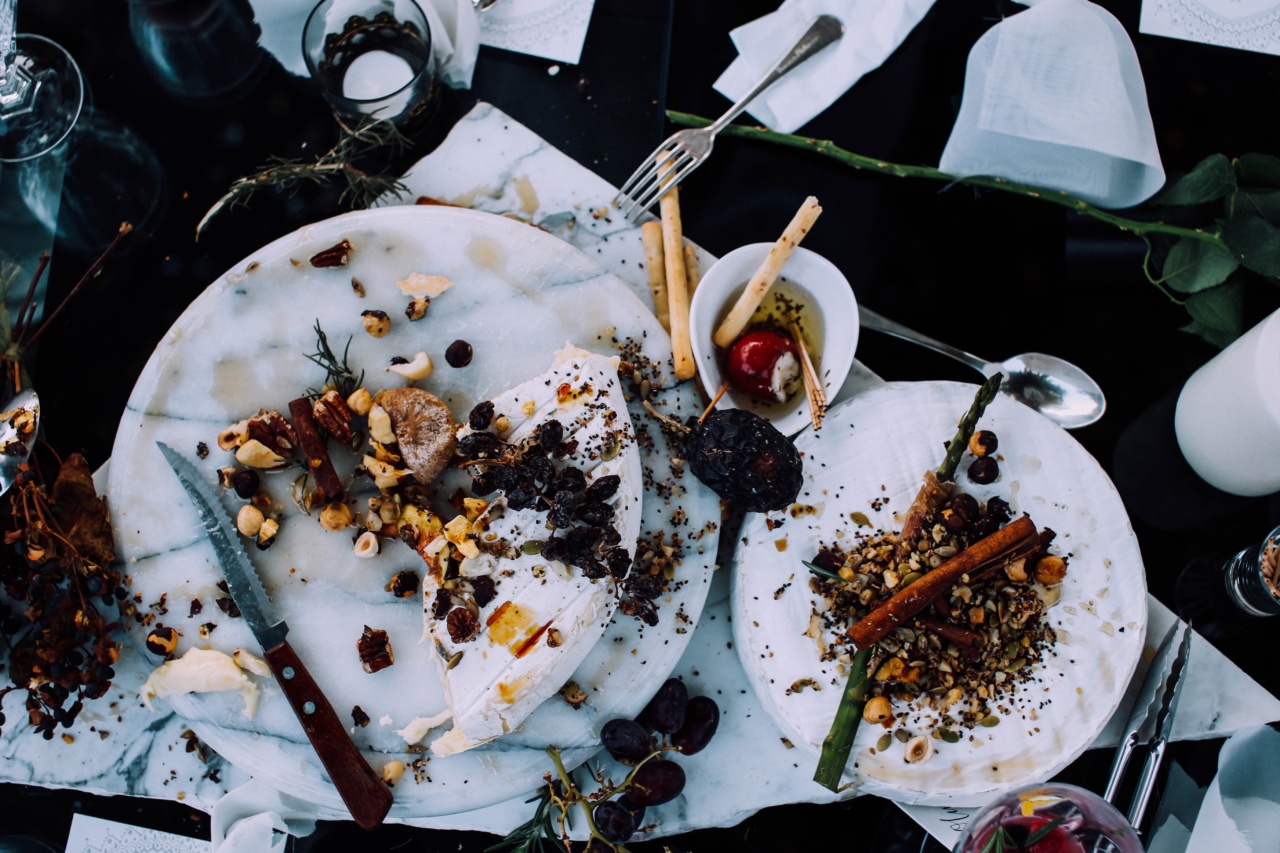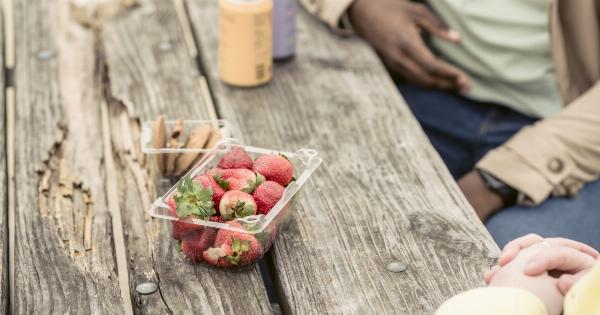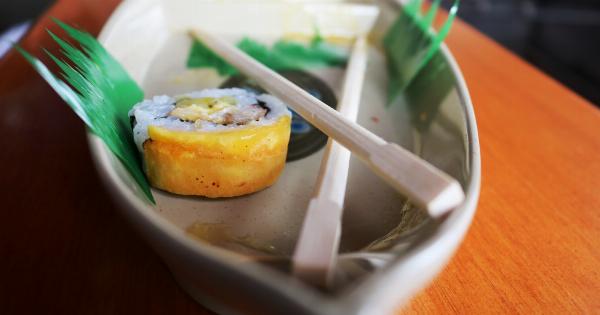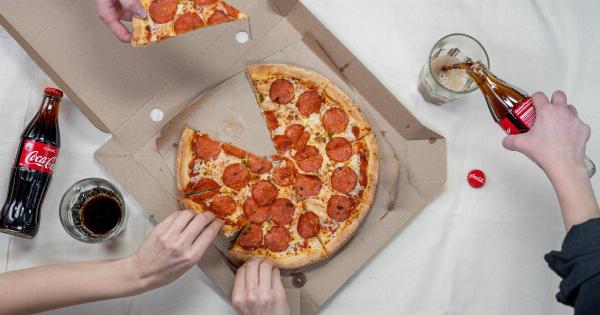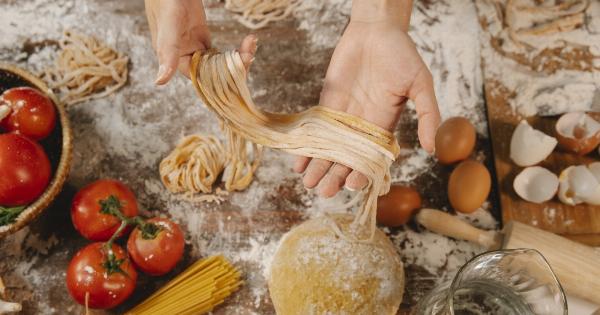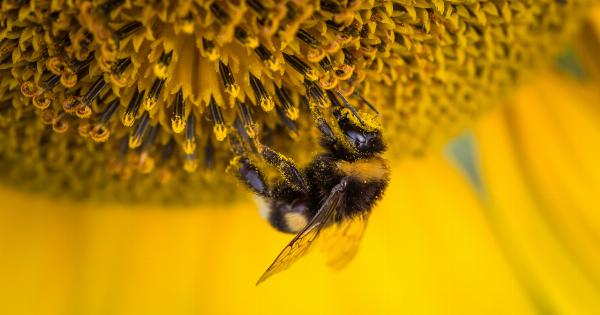One of the biggest causes of food poisoning is from consuming spoiled or contaminated foods.
This can be especially dangerous when it comes to reheating leftover food since there may already be harmful bacteria present that can become even more dangerous when allowed to grow again. However, there are steps you can take to safely reheat your food and prevent food poisoning. Here are some tips:.
1. Store Your Leftovers Properly
One of the best ways to prevent food poisoning from reheated leftovers is to store them properly in the first place. Make sure you put your leftovers in an airtight container and place them in the fridge as soon as possible.
If you are not going to consume them within a day or two, then it is best to freeze them instead. Always label your leftovers with the date that you stored them so that you know when they need to be eaten by.
2. Do Not Let Your Food Stand at Room Temperature for Too Long
When you are ready to reheat your leftovers, it is important to avoid letting them stand at room temperature for too long. This is because bacteria can grow rapidly at room temperature, especially in foods that are high in protein.
To prevent this, take your leftovers out of the fridge or freezer and put them directly into the oven or microwave as soon as possible.
3. Use the Right Containers and Utensils
When reheating your leftovers, it is essential to use the right containers and utensils. Avoid using plastic containers that are not designed for high temperatures, as these can melt or release harmful chemicals into your food.
Instead, use microwave-safe glass containers or dishes. Similarly, be sure to use utensils that are clean and heat-resistant, such as metal or silicone spatulas.
4. Use the Right Temperature and Time Settings
When reheating leftover food, you want to make sure that it is heated through to a safe temperature. This is generally around 165 degrees Fahrenheit.
To ensure that your food reaches this temperature, use a food thermometer to check the temperature in the thickest part of the food. Depending on the type of food and how much you are reheating, you may need to adjust the time and temperature settings on your oven or microwave. Follow the instructions that came with your appliance to be certain.
5. Stir and Rotate Your Food
To ensure that your leftover food is heated evenly, it is important to stir and rotate it while it is being reheated. This will help to distribute the heat more evenly and prevent hot spots that could cause bacteria to survive in certain areas.
Depending on the type of food and how it is being reheated, you may need to stir it every few minutes or so.
6. Don’t Reheat Certain Foods
There are some foods that should never be reheated, as they can pose a serious health risk. For example, you should never reheat cooked rice, as it can easily develop harmful bacteria that can cause food poisoning.
Similarly, you should avoid reheating leftover cooked meats, especially if they were not properly cooked or stored in the first place. If you are unsure whether a particular food is safe to reheat, it is best to err on the side of caution and throw it away.
7. Throw Away Leftovers That Are More Than a Few Days Old
Finally, it is important to remember that even if you follow all of these tips, leftover food can still go bad and become unsafe to eat.
As a general rule, leftovers should not be kept for more than a few days, and you should always inspect them before reheating to ensure that they are still fresh and safe to eat. If something doesn’t look or smell right, it’s best to just throw it away rather than risk getting food poisoning.
By following these tips, you can help to prevent food poisoning when reheating leftover food.
Remember to always store your leftovers properly, use the right containers and utensils, and reheat your food to the right temperature and for the right amount of time. By taking these steps, you can keep your family safe and healthy.
